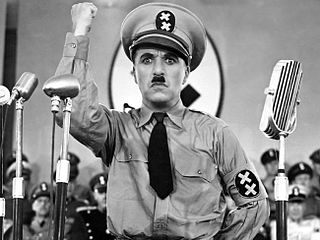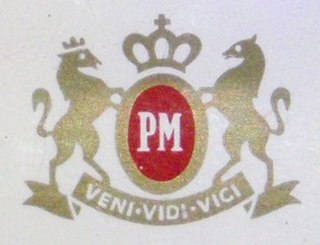
Uncle Tom's Cabin; or, Life Among the Lowly, is an anti-slavery novel by American author Harriet Beecher Stowe. Published in 1852, the novel had a profound effect on attitudes toward African Americans and slavery in the U.S. and is said to have "helped lay the groundwork for the Civil War".

Seth Eastman and his second wife Mary Henderson Eastman were instrumental in recording Native American life. Eastman was an artist and West Point graduate who served in the US Army, first as a mapmaker and illustrator. He had two tours at Fort Snelling, Minnesota Territory; during the second, extended tour he was commanding officer of the fort. During these years, he painted many studies of Native American life. He was notable for the quality of his hundreds of illustrations for Henry Rowe Schoolcraft's six-volume study on History of Indian Tribes of the United States (1851–1857), commissioned by the US Congress. From their time at Fort Snelling, Mary Henderson Eastman wrote a book about Dakota Sioux life and culture, which Seth Eastman illustrated. In 1838, he was elected into the National Academy of Design as an Honorary Academician.

Aunt Phillis's Cabin; or, Southern Life As It Is by Mary Henderson Eastman is a plantation fiction novel, and is perhaps the most read anti-Tom novel in American literature. It was published by Lippincott, Grambo & Co. of Philadelphia in 1852 as a response to Harriet Beecher Stowe's Uncle Tom's Cabin, published earlier that year. The novel sold 20,000–30,000 copies, making it a strong commercial success and bestseller. Based on her growing up in Warrenton, Virginia of an elite planter family, Eastman portrays plantation owners and slaves as mutually respectful, kind, and happy beings.

The Planter's Northern Bride is an 1854 novel written by Caroline Lee Hentz, in response to the publication of Uncle Tom's Cabin by Harriet Beecher Stowe in 1852.
Uncle Robin, in His Cabin in Virginia, and Tom Without One in Boston is an 1853 novel written by J.W. Page and released by J. W. Randolph Publishers of Richmond, Virginia.
Antifanaticism: A Tale of the South is an 1853 plantation fiction novel by Martha Haines Butt.
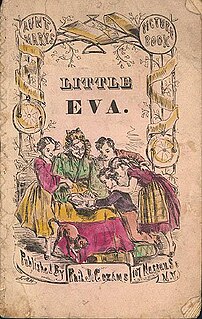
Little Eva: The Flower of the South is an 1853 children's novel written by Philip J. Cozans.
White Acre vs. Black Acre is an 1856 plantation fiction novel written by William M. Burwell.

The Black Gauntlet: A Tale of Plantation Life in South Carolina is an anti-Tom novel written in 1860 by Mary Howard Schoolcraft, published under her married name of Mrs. Henry Rowe Schoolcraft.
Life at the South; or, "Uncle Tom's Cabin" As It Is is an 1852 plantation fiction novel written by William L.G. Smith.
The North and the South; or, Slavery and Its Contrasts is an 1852 plantation fiction novel by Caroline Rush, and among the first examples of the genre, alongside others such as Aunt Phillis's Cabin by Mary Henderson Eastman and Life at the South; or, "Uncle Tom's Cabin" As It Is by W.L.G. Smith, both of which were also released in 1852.
Frank Freeman's Barber Shop is an 1852 plantation fiction novel written by Baynard Rush Hall.
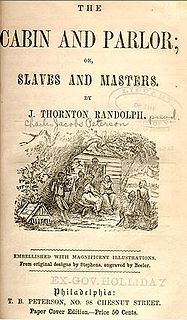
The Cabin and Parlor; or, Slaves and Masters is an 1852 novel by Charles Jacobs Peterson, writing under the pseudonym J. Thornton Randolph.
The Lofty and the Lowly, or Good in All and None All Good is a novel by Maria Jane McIntosh published by D. Appleton & Company in 1853. It was one of many anti-Tom novels published in response to Harriet Beecher Stowe's Uncle Tom's Cabin. The story is set is Georgia and tells of a plantation owner's efforts to avoid bankruptcy with the help of his loyal slave Daddy Cato. Their efforts are challenged by a northern usurer and devious northern capitalists. The book sold well across the United States upon release, making it one of the most successful anti-Tom novels in the middle 19th century.
Liberia; or, Mr. Peyton's Experiments is an 1853 novel by Sarah Josepha Hale, the author of the nursery rhyme "Mary Had a Little Lamb", who wrote the novel under the name of Sara J. Hale.
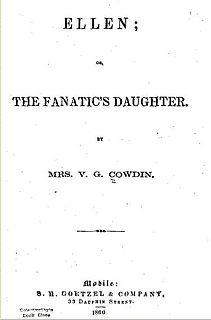
Ellen; or, The Fanatic's Daughter' is an 1860 plantation fiction novel written by Mrs. V.G. Cowdin.
Tit for Tat is an 1856 novel written anonymously by "A Lady of New Orleans".
The Ebony Idol is a plantation literature novel first published in 1860 and written by G.M. Flanders.
